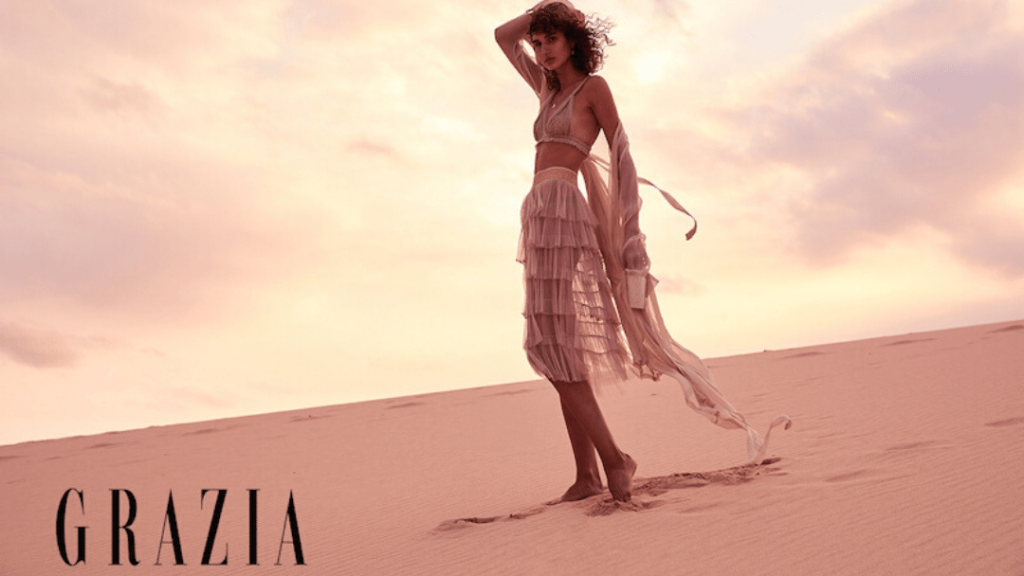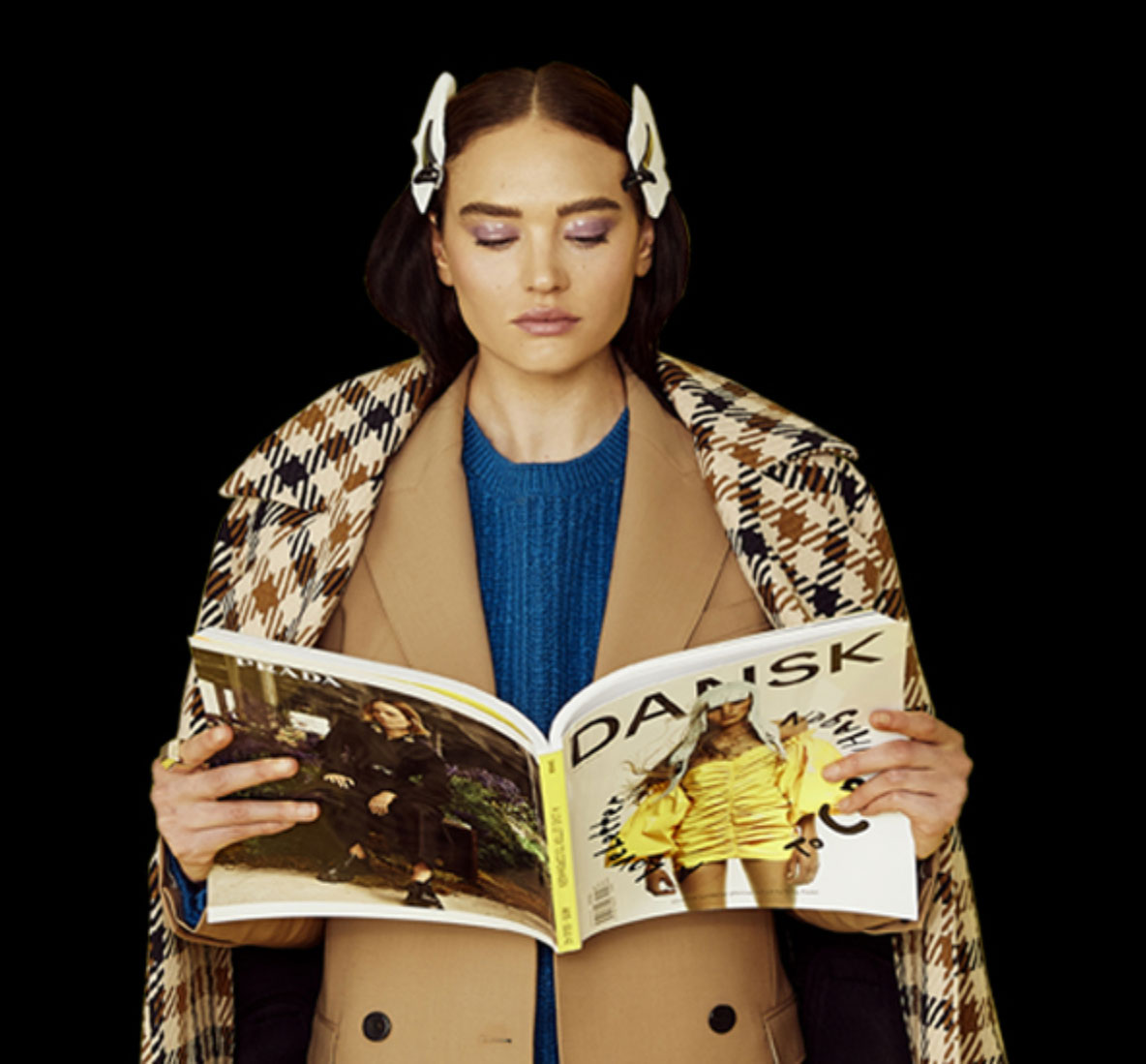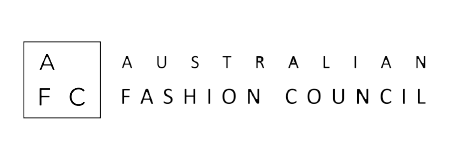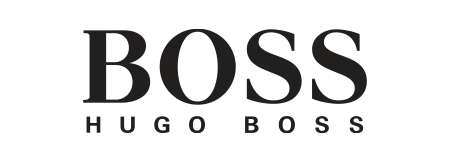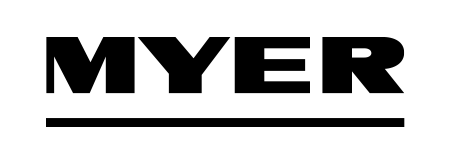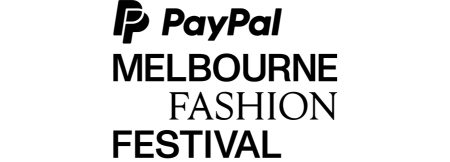Updated August 2020
Editorial styling continues to be one of the most sought after job titles in the fashion styling industry. But do you really know what the career of an Editorial Stylist looks like?
While editorial styling can involve working for your favourite publications, there’s a lot more to succeeding in this role than reading Vogue religiously or being up with the latest trends. Hear from Editorial Stylist Josie Mcmanus about what an Editorial Stylist does and how you can become one.
Born and raised in London, Josie moved to Melbourne when she was 19 and fell in love with styling while studying visual merchandising. “I didn’t know anything about styling until I was introduced to it as part of my visual merchandising course at RMIT,” she says. “Once I discovered it I knew it was what I wanted to do.”
What does an Editorial Stylist do?
An editorial stylist is responsible for sourcing garments and accessories, and putting together looks for a shoot in a way which captures the brief and is on brand for the designer or publication commissioning the shoot. However, the responsibilities of a stylist working on an editorial shoot, often transcend just styling clothing and can include location scouting, garment sourcing even set designing. Go BTS of an ASI Stylist’s editorial photoshoot to learn all about life on set.
What characteristics make a good Editorial Stylist?
Organisation
While a stylist’s primary job is to source and style garments, they will often be involved in developing the concept of the shoot, briefing the creative team as well as styling and directing the entire shoot from makeup to hair and even assisting with location sourcing. Organisation and good people management skills are essential for Editorial Stylists. Styling is so much more than the clothes we wear, it’s also about the human behaviour and connections we make to achieve a desired outcome.
Creativity
With images gracing the cover of Marie Claire Indonesia and the pages of ELLE, Grazia and L’Officiel and working for CottonOn Body, David Jones, Qantas and OLAY, just to name a few, Josie Mcmanus has cemented herself as an established Editorial Stylist and says “creativity is the most important trait an editorial stylist must have.”
We’re not just talking about a #passionforfashion. A trained Editorial Stylist can creatively interpret a brief, think outside the box and help produce a memorable and effective body of work.
Relationship building
Cultivating and maintaining relationships with other creatives is also one of the most important aspects of being a successful editorial stylist. A stylist who builds strong relationships with designers and has access to exclusive brands will be a big drawcard for publications which may not otherwise be able to access certain pieces. Having an ability to collaborate and a shared respect for photographers, models, hair and makeup artists, as well as labels is crucial in this highly competitive industry.
While a stunning portfolio and a resume full of impressive names are great. Being known as someone who is respectful, diligent and genuinely helpful is equally as important as any technical skills you may have.
Determination
Competing for such a coveted fashion styling role like Editorial styling means you’ve got to have tenacity. Tenacity and determination are essential to becoming a successful editorial stylist, according to Josie. You can never stop learning, so seek out quality stylist training and be the first to put your hand up when opportunities come your way, including free or unpaid opportunities when you first start off.
What does an Editorial Stylist’s job description look like?
“Over the course of my styling career, I have worked on various mediums. This includes fashion, interiors, still life, fashion shows, personal styling and fashion editorial.” says Josie. An Editorial Stylist’s job description is varied and depending on the styling route you want to take can include items like:
- Be the expert on current fashion trends in the industry and translate them for the client’s desired outcome.
- Partner with creatives to ensure vision is executed
- Manage flow of work and team to maintain order of shoot.
- Assures the highest quality editorial images are photographed for print, digital, social, digital, app, and website.
- Accountable for the organisation, preparation, packing and execution of materials needed for shoot.
- Meets deadlines, prioritizes appropriately, copes well with change, and maintains composure under pressure.
- Consistently keeps up to date with latest trends and developments in the industry.
How to become an Editorial Stylist
Since moving, Josie has had a whirlwind career spanning over 15 years. She attributes her success early on to her willingness to education and saying yes to new experiences. “Getting experience in the industry through work experience or assisting a freelance stylist is key,” she says. “I assisted for six years before I began my freelance career. Those years of learning on the job are invaluable to me.”
At Australian Style Institute, our styling success system is taught across our two courses and will provide you with the skills and tools required to become a personal stylist, editorial stylist, celebrity stylist and more.
Certificate of Personal Styling – Equipping you with the skills required to become a professional Personal Stylist, from client shopping through to makeovers and dressing for special events.
Certificate of Editorial Styling – Develop your creative direction and styling skills to work as an editorial, commercial, runway and red carpet stylist.
As part of training, Australian Style Institute students get the opportunity to participate in practical experiences to expand their skill sets and build out their portfolio of work.
Tips to becoming an Editorial Stylist
- It probably goes without saying that to be an accomplished stylist you must have a knack for fashion. However, this is secondary to having the skills, experience and qualifications to back it up. Editorial Styling is an amazing career with opportunities to work alongside top tier designers, models and creatives, so be sure to invest in your styling education early on.
- “The more you shoot and share on social media the more likely you are to get noticed,” she says. “Contact fellow creatives. Get hair and make-up artists, photographers and models and start shooting together. Test, test, test! Explore your creativity and start building your portfolio.” says Josie
https://www.instagram.com/p/BkzRW5gD3BO/?taken-by=josie.mcmanus
All your Styling FAQ’s answered here
Learn more about becoming an Editorial Stylist with our Certificate of Editorial Styling here, or download your FREE Course Guide.



